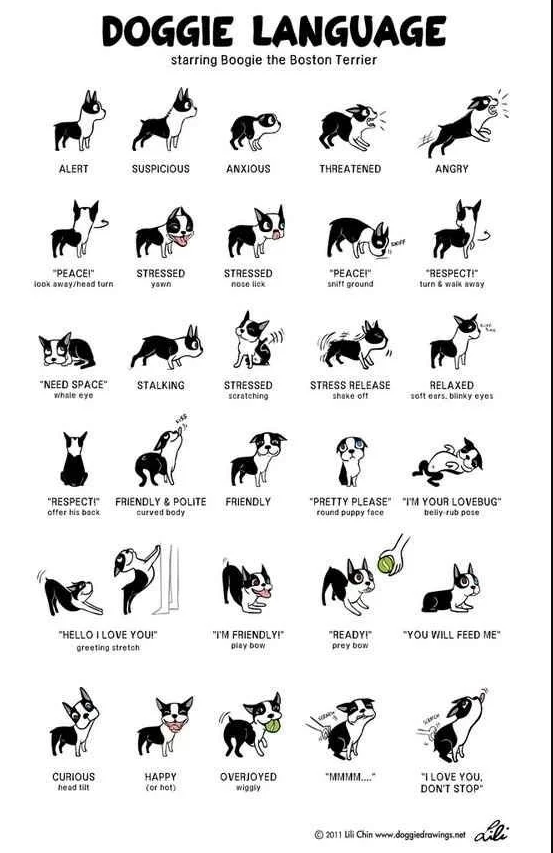Recently, the MFDM team learned about a very sad foster dog story. The dog was removed from a shelter by a rescue, transported several hours, and brought to a strange home where they were going to be fostered. This is a typical story of any rescue dog’s first day of freedom, and it is usually quite stressful. The story took a turn, though, when the new fosters left the newly rescued dog unattended in a room with several children. Sadly, the already stressed dog ended up biting one of the children.
The dog that was given the chance to be saved was removed to a shelter again, put into quarantine, and now has a bite record, a situation which will reduce any dogs chances of being adopted.
This is a heartbreaking story, both for the child and for the dog, but it could have been prevented in so many ways. At MFDM, we often talk about the importance of proper introductions between dogs, and the training for foster parents, and more. However, the most critical piece of knowledge for the success of a dog is that the small people – kids, the ones on the same level of the dog – have a solid grasp of the ways a dog communicates. So that is what we are featuring today.
A post recently started circulating around the dog world from a Scottish newspaper featuring some pretty terrifying statistics regarding the interactions between dogs and children:
1/3 of parents would let their child approach a dog they didn’t know
Some parents permit behaviors such as: pulling a tail, sitting on a dog, disturbing their sleep and kissing noses
1/2 the children surveyed thought a growling dog was smiling
Do those facts scare you? They should. But dog-kid interactions don’t need to be terrifying for anyone involved. Sarah Deering, the director of foster operations at My Fairy Dawg Mother has gathered some very important information for parents to help educate their children on dog communication. While we know that no dog is 100% predictable, there are a few general rules that everyone can follow when greeting new dogs:
1. Ask the dog’s human if you can interact with his/her pet FIRST.
2. Approach the dog slowly, at a relaxed walk. Avoid rushing up!
3. If the dog looks anxious, approach him sideways and look using your peripheral vision (whale eye). Try to make sure you don’t stare at the pup directly or approach him head-on. This blog post from Eileen and Dogs shows some very specific “nervous” images of her dog, and is a good reference.
4. Remain outside of the dog’s personal space bubble and present him the side of your body, allowing him to approach at his own pace. Contrary to popular belief, offering your hand to the dog to sniff is not a good idea and can intimidate an anxious pup. Also avoid leaning over or getting too close (i.e. squatting down), especially with small dogs.
5. Once the dog comes up to you and seems relaxed or rubs against you, pet the dog gently, stroking him lightly in the same direction as his fur and avoiding sensitive areas (paws, tail, ears/eyes/mouth, and groin).
These rules all apply values like patience, respect, and communication. If you open this conversation up with your kiddos, you might be surprised at how well they parallel this to our human world!
The My Fairy Dawg Mother team will be at the Tulip Fairy & Elf Festival this Sunday, 4/26 in Boulder. We’ll be set up on Pearl St. from 1-5pm with an interactive game for kids to practice reading dawg body language and lots of tips on how to enhance your relationship with your pup! Make sure you stop by with your kids and say hi! And if you can’t make it, check out this cute cartoon from Boogie The Boston Terrier that illustrates many of the expressions of a dog, and what they mean.


